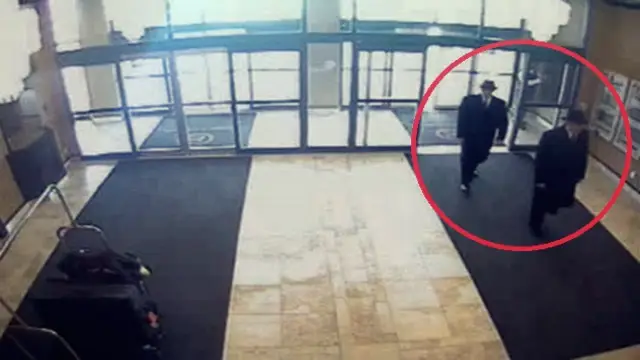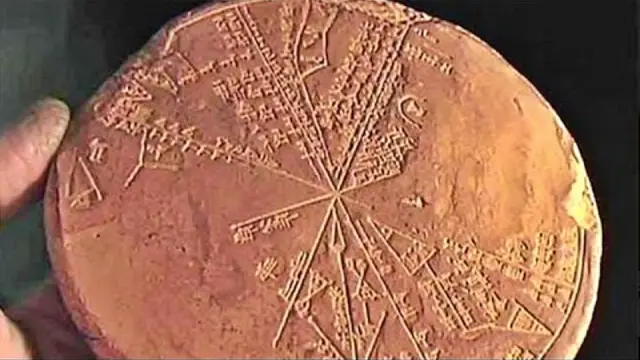Borobudur Temple Historical Significance
The largest Buddhist structure in the world, Borobudur Temple, floats above the terrain of central Java like a collection of concentric circles forming a massive mandala.
It is thought that Borobudur Temple was constructed between AD 780 and 840, when the Srilendra dynasty governed the area, even though there is no written record of who constructed the temple originally.
Only locals were aware of the building’s existence as it was abandoned for decades and covered in layers of volcanic ash from Mount Merapi.
A delegation led by Cornelius was assigned by Sir Thomas Stanford Raffles, the British governor of Java, in 1814 to inspect a hill that many locals believed to be the location of an old monument.
The Borobudur Temple received widespread attention after its discovery, but it wasn’t until 1835 that the entire site had been cleared.
Unfortunately, during King Chulalongkorn of Siam’s visit to Indonesia in 1896, the Dutch colonial authorities distributed eight containers full of Borobudur statues as gifts.
The artifacts are still on display in Bangkok’s National Museum.
Key Points
Restoration
The concealed reliefs at the base of the temple were found in 1885 by Yzerman, Chairman of the Yogyakarta Archaeological Society.
The construction of the temple was completed in the middle of the ninth century, during the Sailendra dynasty’s reign in the region. These concealed reliefs revealed some Sanskrit instructions provided for the sculptor with extremely recognisable lettering.
A significant restoration project was started in 1907 by a Dutchman by the name of Van Erp and finished in 1911.

The effort was important and undoubtedly kept the temple secure for a while.
While being restored, many of the pieces weren’t placed in their original locations.
An additional evaluation of the temple was conducted in 1956 by a Belgian specialist that UNESCO had dispatched.
According to his analysis, the temple needed to be stopped from more water damage if it was to have a long-term future.
The reliefs and the temple’s foundation were both being compromised by the eroding hill underneath them.
Beginning in 1963, preparation work revealed that the hill was not naturally occurring as had previously been believed, among other things.
Instead, some of the hill’s terrain was loamy soil that was flecked with stones and rock chips.
The Indonesian Government then submitted a proposal to UNESCO in 1968 specifying the necessary works after the original work estimated the size of a repair to be enormous.
With UNESCO’s full backing, fund-raising efforts for the repair were launched.
Under the auspices of UNESCO, restoration-related research took performed from 1968 to 1983.
Experts from all around the world came to help in the site’s disassembly and re-engineering.
It took a lot of effort to create techniques that would stop the microbes from eating away at the stone.
In 1991, UNESCO officially recognised Borobudur Temple as a World Heritage Site.
Buddhist doctrine is represented by the Borobudur temple on several levels.
The temple resembles a classic Buddhist mandala when viewed from above.
Many Buddhist and Hindu works of art have a mandala as their focal point.
Most Hindu and Buddhist mandalas take the fundamental shape of a square with four entry points and a circular centre.
Three zones of consciousness are depicted, working from the outside in to the inside, with the middle sphere standing in for unconsciousness or Nirvana.
Kamadhatu
This Borobudur’s lowest level has been concealed from view by a foundation that supports it.
The original foot was unearthed in 1885 while Yzerman was conducting research.
160 reliefs representing scenarios from the Karmawibhangga Sutra, or the law of cause and effect, can be found on Borobudur’s hidden Kamadhatu level.
The reliefs show robbery, murder, rape, torture, and defamation to illustrate how human desire operates.

The extra base may have been included in the temple’s initial construction, according to the available evidence.
Although the motivation for adding the base is not entirely clear, it is most likely either for structural stability, to prevent the base from shifting, or for religious reasons—to conceal the more obscene elements.
The additional base is 6.5 metres wide and 3.6 metres high.
In order to provide visitors access to the concealed foot and some of the reliefs, a corner of the covering base has been permanently removed.
View the photo on the right.
The Borobudur Museum, located inside the Borobudur Archeological Park, features photographs of the whole collection of 160 reliefs.
Rapadhatu
Humans are liberated from material concerns in the transitional sphere.
Rapadhatu’s four square levels are divided into galleries with stone relief carvings and a string of niches with Buddha images.
On these balustrade levels, which also include a large deal of merely ornamental reliefs, there are 328 Buddhas in total.
The Sanskrit manuscripts Gandhawyuha, Lalitawistara, Jataka, and Awadana are portrayed on this level in more than 1,300 reliefs.
They are 2.5 kilometres long.
There are also 1,212 ornamental panels.
Arupadhatu
The ultimate realm, the gods’ home
The three circular terraces, which are far less elaborate and symbolise rising beyond the world, lead to a central dome or stupa. Form purity is of utmost importance.
The terraces have circles of inverted bell-shaped perforated stupas, which are Buddha statues facing away from the temple.
There are a total of 72 of these stupas.
Although the base is 9.9 metres in circumference, the majestic central stupa is currently lower than its original height of 42 metres above the ground.
The central stupa, in contrast to the stupas around it, is empty. According to conflicting reports, the central void once held artefacts, but other reports contend that it has always been empty.

The Relieving
The temple contains a total of 504 Buddhas, all of whom are depicted in meditation attitude with one of the six various hand positions, frequently in accordance with the direction the Buddha is facing.
These “mudra” are thought to convey ideas that the Buddha’s peaceful face does not, such as generosity, reason, and fearlessness.
“Temple Corridors”
Two nearby minor temples, Pawon and Mendut, were found to be precisely lined up with the Borobudur Temple during restoration work in the early 20th century.
Mendut Temple is approximately 3 km from Borobudur, whilst Pawon Temple is located 1.15 km away.
Although the precise ceremonial procedure is still unknown, it is thought that the three temples have a reciprocal religious link.
The Waisak Day Festival, which is conducted annually on the day of the full moon in April or May, uses the three temples as part of its route.
The event honours the Buddha’s conception, enlightenment, and demise.
Many domestic and foreign visitors come to observe the walk-in procession of local and foreign pilgrims from Mendut, past Pawon, and on to Borobudur on this significant day in the Buddhist calendar.
It is a vibrant and joyous event that has the support of the Indonesian government.
Where can I find?
The Central Java Province’s Magelang area is home to the Borobudur Temple.
Flying from Jakarta to Yogyakarta is the quickest way to get to this temple.
and after arriving in Yogyakarta, you can continue your journey by taxi, bus, or another form of public transportation from Yogyakarta city to the Borobudur Temple.
It took an hour to get to Borobudur.
Where To Stay?
There are many hotels to pick from in Yogyakarta, a well-liked tourist destination that draws tourists from both domestic and foreign countries.
Additionally, if you plan to remain in Yogyakarta, don’t skip seeing Mendut, Prambanan Temple, or any other popular tourist attractions.






















